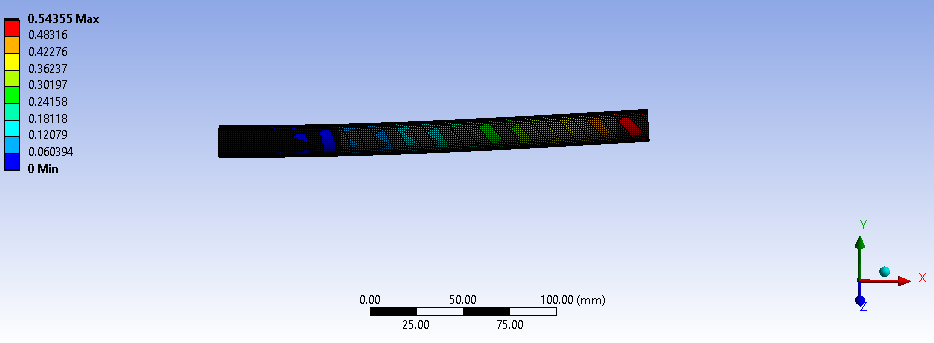-
-
July 16, 2024 at 5:26 am
-
July 16, 2024 at 2:16 pm
Ashish Khemka
Forum ModeratorHi,
I am assuming that the discrepancy is due to difference in material model/ modeling technique between the two. If you can elaborate on what you mean by ACP method then it might help to comment further.
Regards,
Ashish Khemka
-
July 24, 2024 at 4:06 am
Ro.hi
SubscriberBasically, I have two hollow tube for bending testing and their dimension is same OD=16; ID=14& L=230mm. I try to simulate the tube under two methods Static Structural and ACP pre.
In static structural, I applied material as Epoxy carbon woven (230Gpa) Wet. And I fixed one end of the tube and appling the force(9.81N) on the other end.
And, In ACP-pre i tried to appling the 5-types of layer for laminating under 0°,45°,90°,-45°,0° and the thickness is 0.2mm per layer. After all process, I share file to Static Structural path.then I follow the same instruction for previous static structural way.
-
- The topic ‘Static Structural vs ACP pre’ is closed to new replies.



-
4597
-
1495
-
1386
-
1209
-
1021

© 2025 Copyright ANSYS, Inc. All rights reserved.









